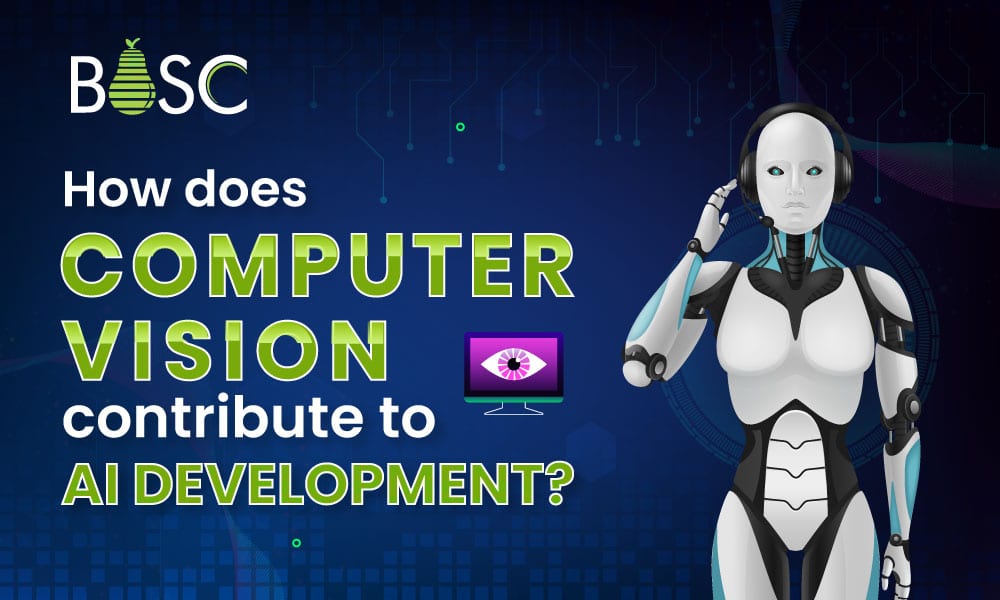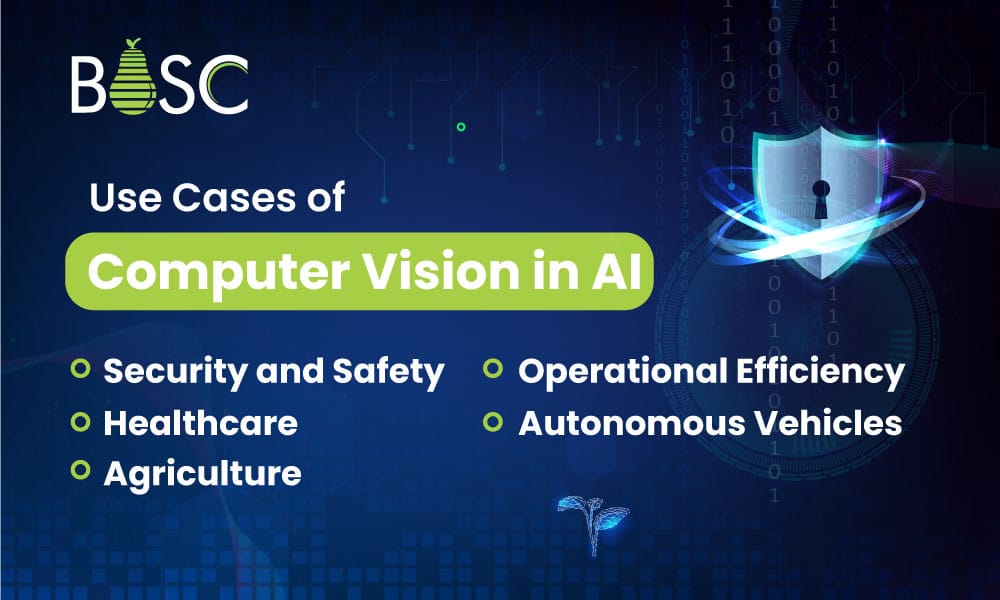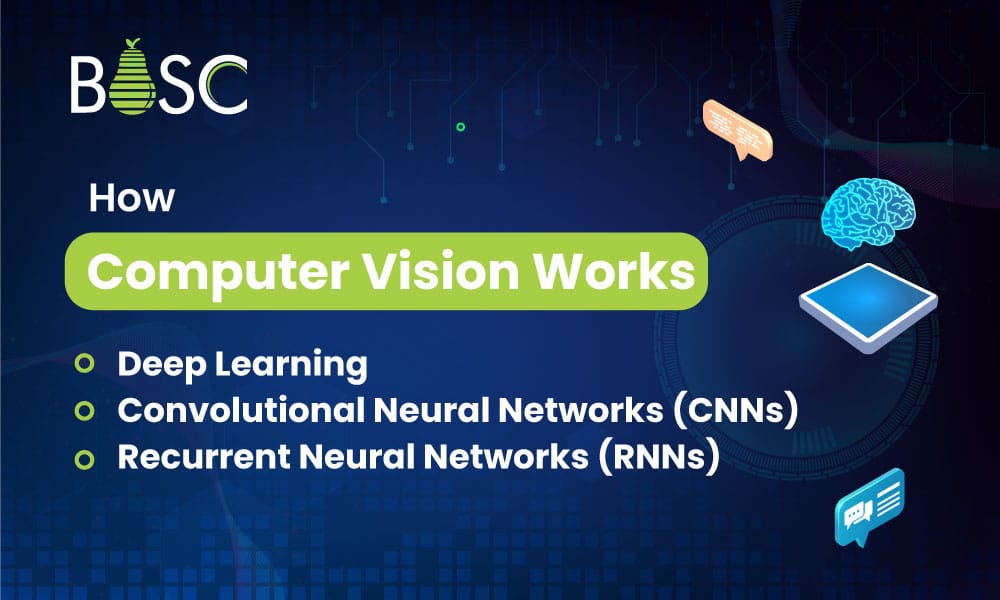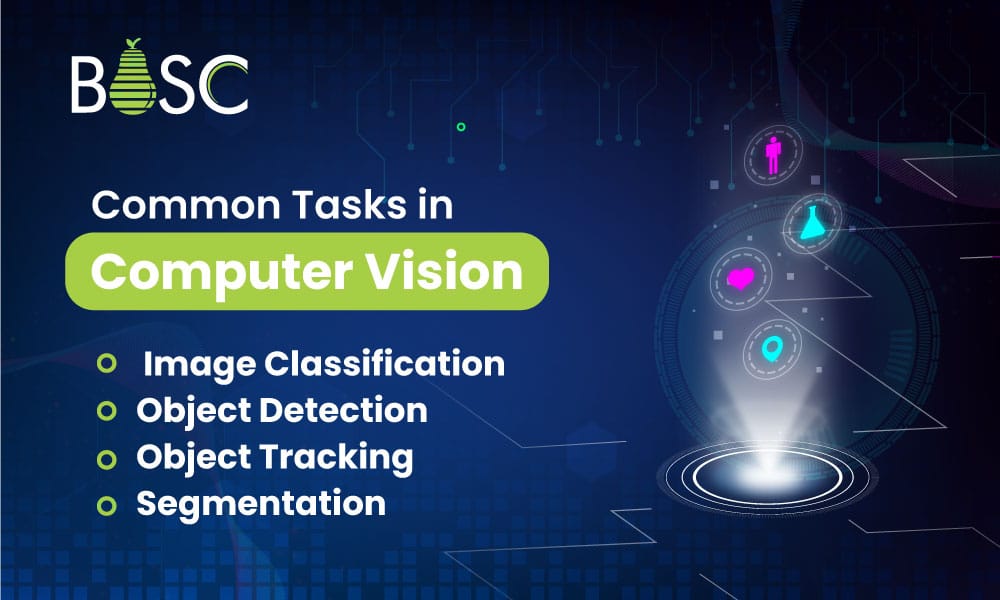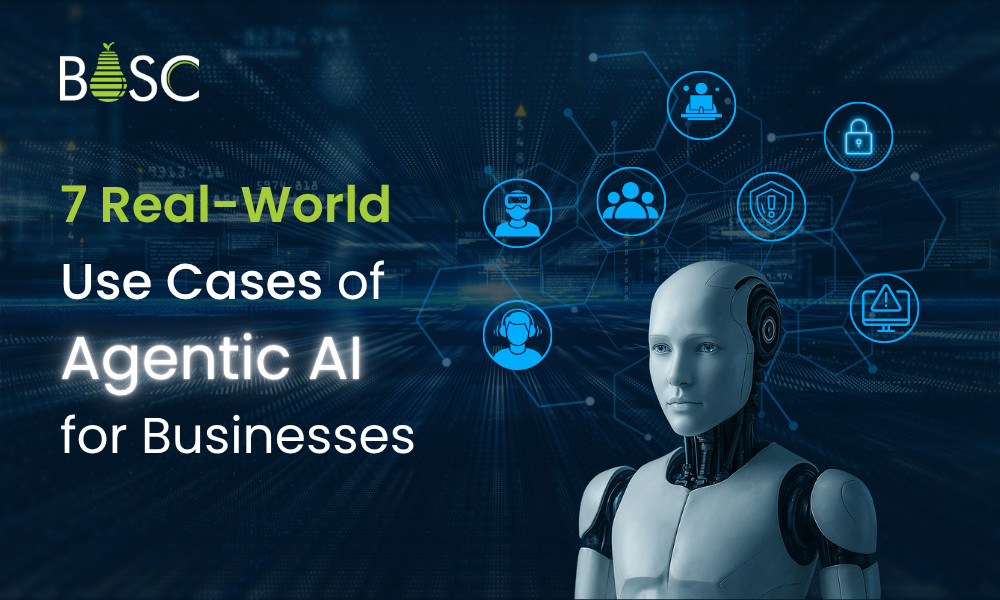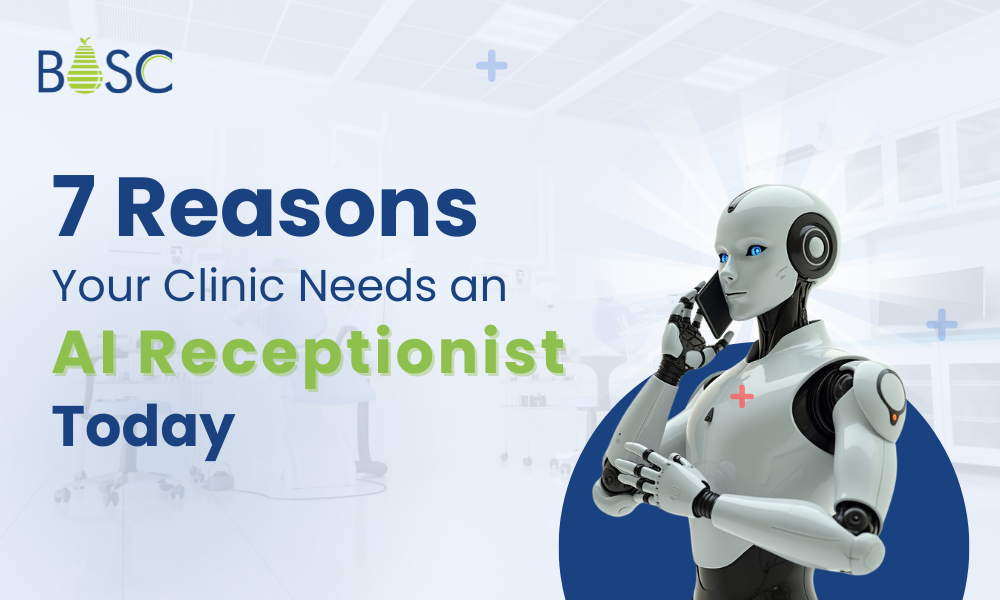In the technological era that is characterised by a relatively high speed of change, one of the essential developments in the field of business is artificial intelligence or AI. Out of the numerous subfields of AI, computer vision is a very important field as it helps the computer understand and decide from images and videos. It replicates vision, that is, the capacity to identify and interpret images so as to enable computers to perceive, comprehend and create information from pictures.
The computer vision market is expected to be worth $25.80 billion in 2024. Computer vision is one of the most impactful inventions in the modern field of AI, and it has helped to revolutionise various sectors, including healthcare, security, farming, and automobiles.
Understanding Computer Vision
Computer vision is one of the branches of artificial intelligence that allows machines to process and understand images and objects from the environment. This includes camera feeds and recorded clips, sensors, and other devices that capture flowing streams of visual information.
The purpose of computer vision is to enable machines to do what would otherwise be done by human operators by feeding the machines images and enabling them to interpret such things as objects and scenes. This technology harnesses the power of algorithms and models, especially those based on ML and Deep learning, to enhance the analysis of a large number of visuals.
Also Read : How Gen AI Is Transforming The Customer Service Experience?
In the most generic form, the goal of computer vision is to mimic, that is, filter visual data through the circuits that exist in our mind for interpretation. For instance, when a given individual is looking at a picture of a cat, the whole process of recognising the picture involves understanding the features, patterns, forms, and even touch, even if the picture is in 3-dimensional form.
Computer vision systems try to do the same to identify the same object and generalise on new images; large databases and complicated models are used to make correct predictions. This capability has created new opportunities that include facial recognition, automated video analysis, medical image processing, and quality control in the manufacturing field.
Unlock Vision Power
Learn how computer vision powers AI advancements now!
Get Started Today!
The History of Computer Vision
For 60 years, scientists have worked on computer vision. In 1959, they began testing how machines see images. They showed pictures to a cat and watched its brain react. The cat noticed hard edges first. This meant image processing starts with simple shapes, like straight lines.
At the same time, computers learned to scan images. In 1963, they could turn 2D images into 3D ones. In the 1960s, AI became an academic subject. This was the start of using AI to help computers see like humans.
In 1974, optical character recognition (OCR) was invented. OCR could read printed text in any font. Soon after, intelligent character recognition (ICR) was created. ICR could read handwriting using neural networks. These technologies were used for tasks like reading documents, recognizing vehicle plates, and making mobile payments.
In 1982, a neuroscientist named David Marr found that vision works step by step. He created algorithms to help machines detect basic shapes, like edges and curves. Around the same time, a scientist named Kunihiko Fukushima made a pattern-recognizing network. He called it the Neocognitron. It used layers in a neural network to see patterns.
By 2000, scientists focused on object recognition. In 2001, the first real-time face recognition systems were made. During the 2000s, standards were created for tagging and labelling visual data. In 2010, the ImageNet dataset was released. It had millions of labelled images in different categories. This helped develop the CNNs and deep learning models used today.
In 2012, a team from the University of Toronto used a CNN model called AlexNet in an image recognition contest. AlexNet greatly reduced errors in image recognition. Since then, error rates have dropped to just a few percent.
Also Read : What is ChatGPT, DALL-E, and Generative AI?
The Importance of Computer Vision in AI Development
Computer vision in the development of Artificial intelligent systems by computer vision development companies have led to development breakthroughs. In the past, the management of visual data was a time-consuming procedure that relied strongly on manual handling technologies.
Originally, images were manually labelled and annotated, which obviously took a lot of time to do and was also error-prone. The integration of computer vision into the traditional methods of analysing images and videos has improved the efficiency of analysis and interpretation of the images.
That is where the strength of computer vision lies – it can perform computations on a large amount of visual data in a short time. In the current and increasingly visual age, organisations create tons of visual data daily, ranging from social media posts to surveillance videos, medical images, and satellite images, among others.
To analyse this data in time and space manually would be practically impossible or at least highly inefficient, but computer vision systems work with it incredibly quickly and produce relevant information that can be used in decision-making instantly. This capability is especially useful where time and accuracy are essential, for example, in medical practice, security, and transport.
Further, the applications of computer vision in 2024 allow benefiting from the sophisticated AI capabilities currently available on the market for various business scales. Due to the advancements in technology, the availability of cheap cloud computing services, and the opening of source software, organisations can now install computer vision systems irrespective of their technical strength or financial power.
Altruistically, this has resulted in computer vision being implemented in different fields with the intention of fueling innovation and coming up with new opportunities.
Use Cases of Computer Vision in AI
Computer vision is used in many fields, enhancing the capabilities of AI across various applications. You can hire computer vision developers for the following:
Security and Safety: Public areas, corporate spaces, and homes need surveillance through computer vision. It can track unauthorised access, safety equipment state, and even faces or objects in real-time. This enhances people’s safety at workplaces and facilitates efficient practice by individuals.
Operational Efficiency: Any generative AI development company applies computer vision techniques to analyse images to check for the quality of the product and monitor machines and customer behaviour. It is used to support new product designs, spot defects in a new product, and gain insights from pictures shared on social media.
Healthcare: In the healthcare sector, computer vision is applied in the analysis of healthcare images, such as tumour identification, x-ray analysis, and identifying symptoms from MRI images. This technology makes faster and more accurate diagnoses.
Autonomous Vehicles: Self-driving cars use computer vision to see road signs, people walking, and other cars. It also watches the driver in semi-autonomous cars. If the driver is distracted or tired, it sends a warning.
Agriculture: Computer vision helps farmers by checking land conditions and finding crop diseases. It also predicts the weather and watches animals on farms. This makes farming more productive.
How Computer Vision Works
AI employed in computer vision systems replicate how the human brain performs a visual perception. Thus, through massive training on the image data, the machines are able to identify patterns and objects. Technologies like deep learning and neural networks play a crucial role in this process:
Deep Learning: Consequently, this type of machine learning uses neural networks with multi-layer to analyse various features of an image. These networks also compile an understanding of the image, which is similar to the humans’ understanding of objects.
Convolutional Neural Networks (CNNs): CNNs sort and classify visual data by breaking it up into pixels and then naming them. They start with the masses and contours of the object and gradually draw details such as colour and surface depth to make an estimation of what the disparity depicts.
Recurrent Neural Networks (RNNs): In contrast to CNNs, RNNs can input a sequence of images so they are appropriate for videos. They comprehend different frames and the connections that exist between them – making tasks such as object tracking possible.
The Difference Between Computer Vision and Image Processing
The two concepts, namely computer vision and image processing, may sound quite similar since the activity of the two involves the use of images, but they are quite distinct in their functionality. Image processing takes the images and changes them, for example, by sharpening or filtering.
While image processing deals with altering the images, there is another field known as ‘computer vision’ that involves analysing images without altering them same. Occasionally, image processing is performed to prepare the image for computer vision to be applied to it.
Common Tasks in Computer Vision
Computer vision performs several tasks that contribute to AI development:
Image Classification: This task involves describing images into various groups, such as trees, buildings, or even faces.
Object Detection: Computer vision recognises and finds an object in that specific image, and it is useful in industrial measures and live image recognition.
Object Tracking: Once an object is found, computer vision follows the object on consequent frames, which is important in traffic surveillance or medical imaging.
Segmentation: It partitions an image into various areas, making it easier to detect and examine various objects separately in one frame.
Conclusion
Computer vision in AI is used to give a machine the capability to analyse and interpret pictures in the same sense that the human brain does. Thus, applying complicated processes improves overall security and increases the speed of work.

